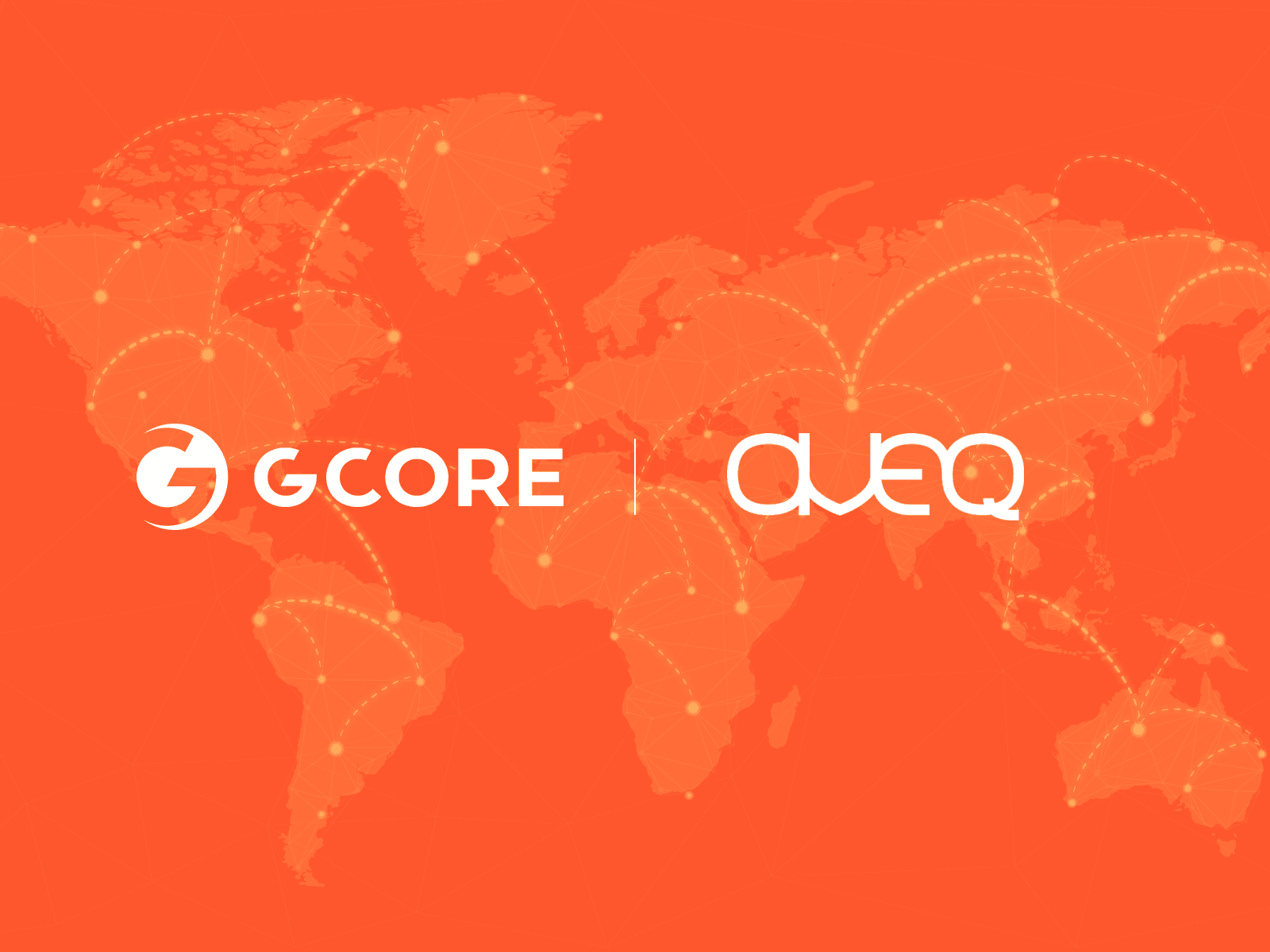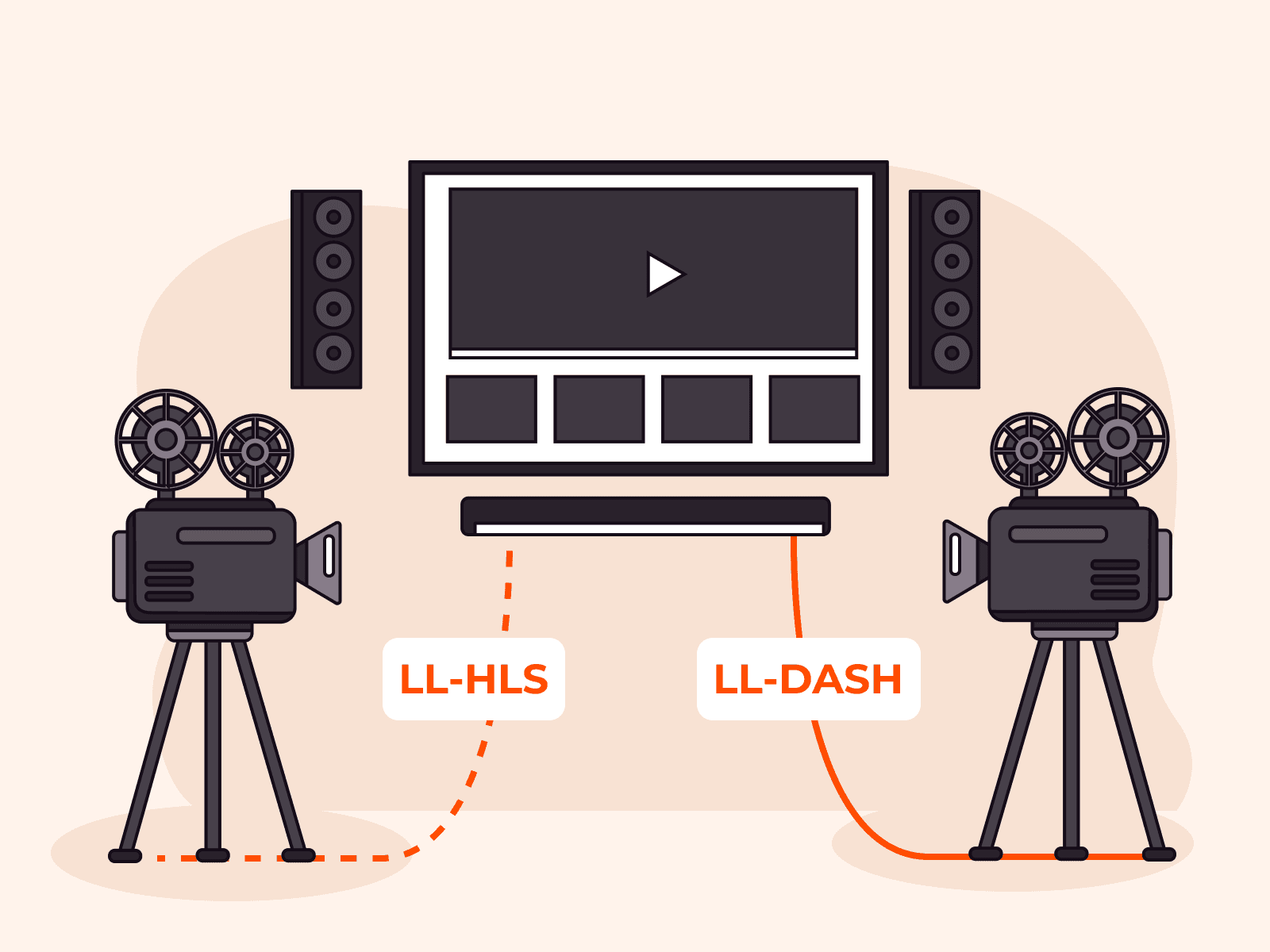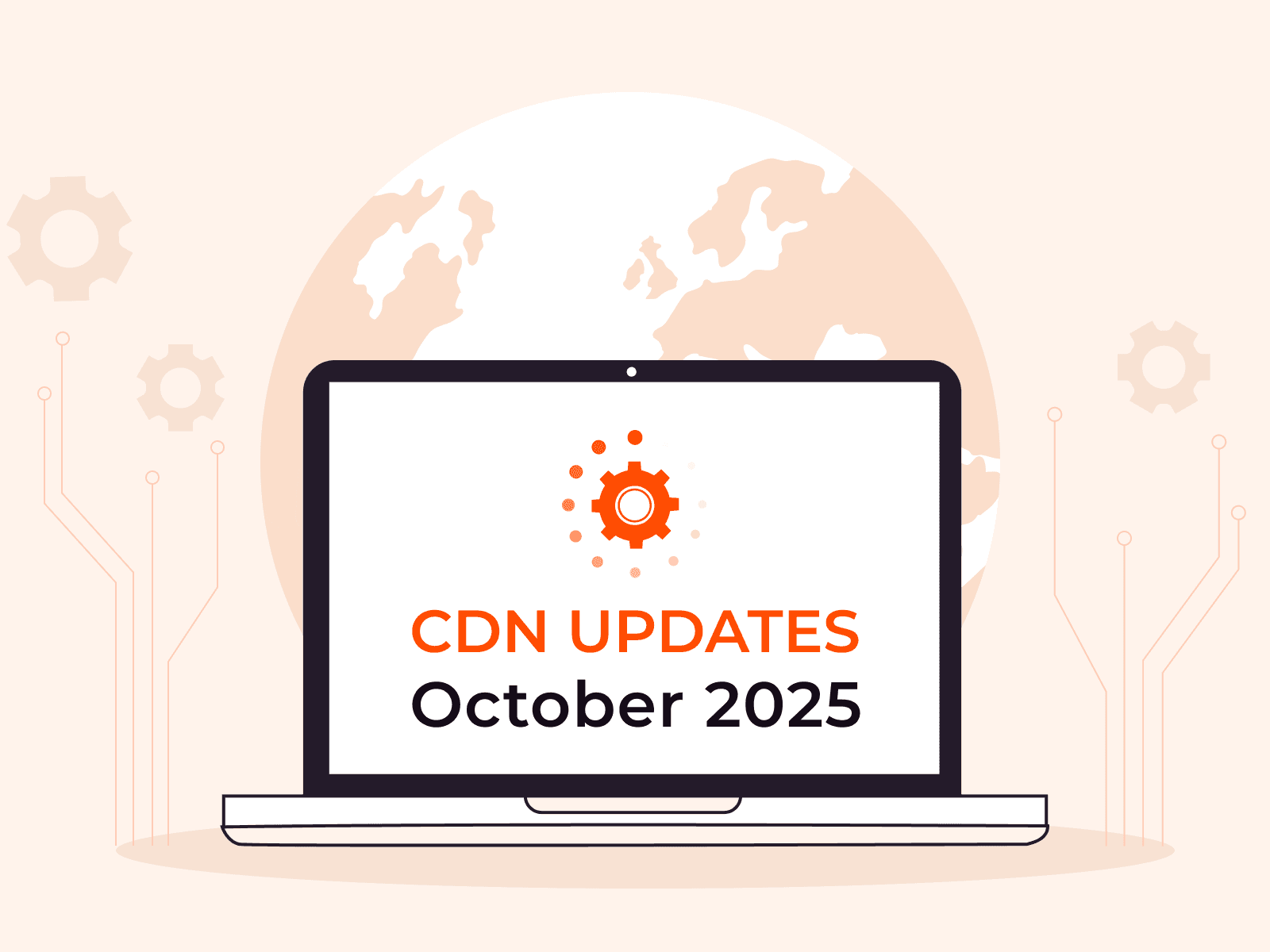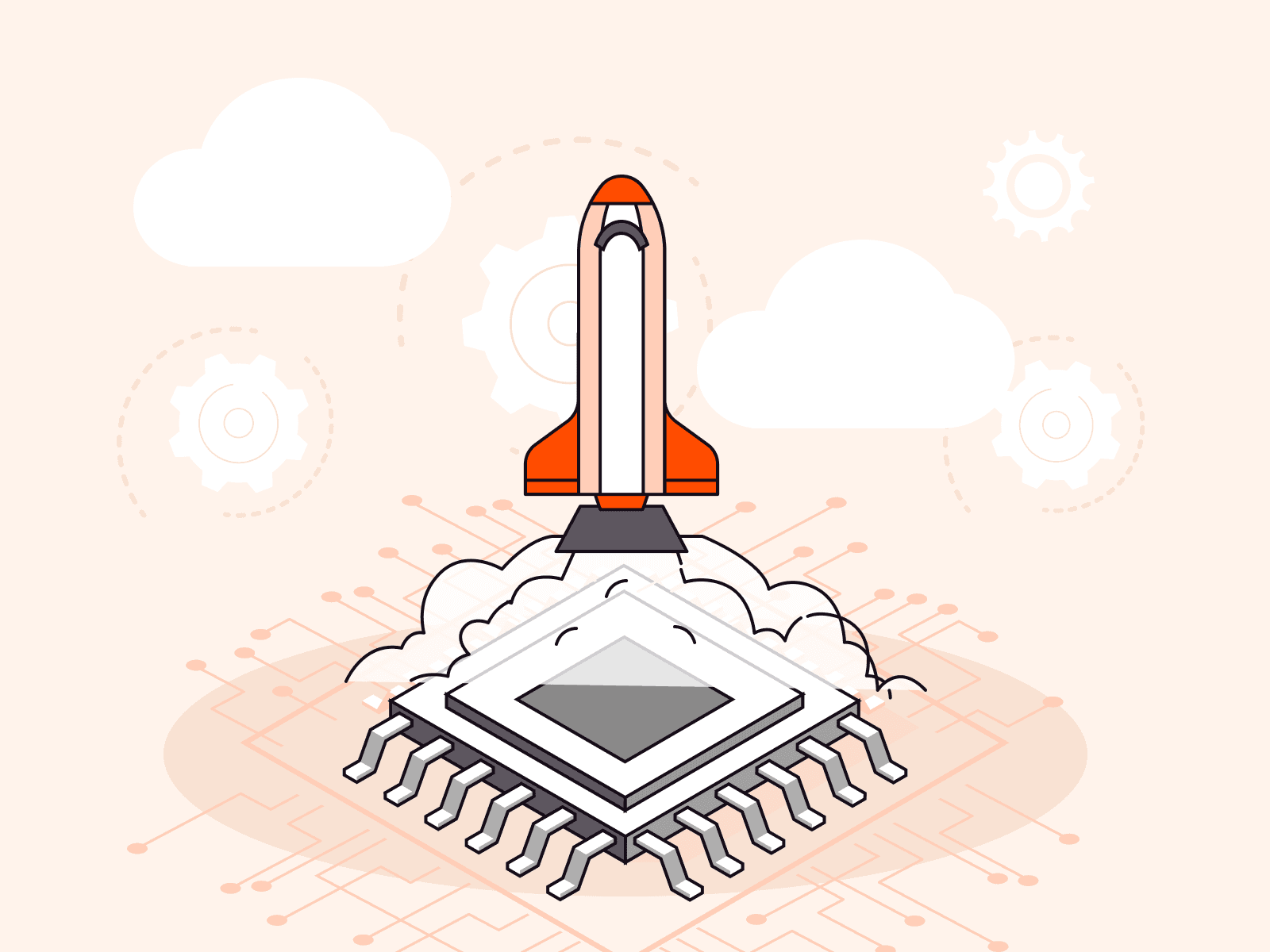Why European Businesses Need a European CDN
- July 3, 2024
- 3 min read

Developing a digital business in Europe poses challenges because of local internet users’ high expectations and the strict requirements imposed by European governments. To succeed in the local market, it’s crucial to trust your business to a reliable, European-based CDN provider that takes into account all regional demands. Read on to discover how our advanced CDN hosting accommodates European businesses and their customers.
Gcore for European Presence and Infrastructure
Our extensive CDN network consists of more than 180 points of presence (PoPs) globally, including exhaustive coverage of the European region. Within Europe, we offer PoPs in 36 cities across 27 countries and continue to expand our presence. Our infrastructure is specifically designed to cater to the European market, ensuring optimal performance for users in Europe.
European users have high expectations regarding latency and availability, and businesses expect a fully featured CDN. Our robust infrastructure ensures that both sides of the requirements are satisfied. Gcore CDN infrastructure is built to handle the unique demands of the European market, including high traffic volumes and regional internet usage patterns. Advanced caching and origin shielding techniques ensure high availability and reliability for our European customers and their end users.
With a high capacity of more than 200 Tbps, we can support significant traffic volumes for businesses and regional events of any size. Gcore CDN secures consistent performance across the entire European region.
Benefits of Using a European-Based CDN
Using a European-based CDN provider has numerous benefits that ultimately result in a high-end level of service for your users in Europe.
Low Latency
Europe is a developed area with fast internet speeds, populated by users who expect websites to work flawlessly and be available 24/7. With a large number of PoPs throughout Europe, Gcore CDN delivers content from servers geographically close to European end users. This proximity reduces latency, resulting in faster load times and a better user experience for European audiences.
Why? Every 100 km of distance from a CDN PoP adds about one millisecond of latency. If you rely on a PoP on the other side of the world, your end users could experience up to 300 ms of avoidable latency! With Gcore CDN, 35+ European locations mean your end users in Europe are never far from a PoP, keeping their latency low so they stay engaged with your digital business.
With 14,000+ peering partners worldwide and advanced routing techniques, Gcore CDN seamlessly bridges the gap between European businesses and their audiences worldwide by reducing the number of hops and establishing faster connections.
Regional Compliance
With the adoption of the General Data Protection Regulation (GDPR) in all EU countries, cloud services face compliance challenges. As a European-based service provider, Gcore fully complies with GDPR, which is crucial for European businesses that need to ensure their data handling practices meet stringent EU privacy laws.
European businesses also often face strict regulatory requirements for data security. We provide advanced security features like Let’s Encrypt SSL and custom SSL certificates for secure and compliant data transmission within Europe. We implement robust mechanisms required by GDPR to ensure the security and privacy of personal data, including data encryption, access controls, data anonymization, and regular security audits. These features help businesses comply with GDPR and enhance overall data protection and trustworthiness.
How Different Industries Can Benefit from Gcore’s European CDN Network
European e-commerce sites and web applications benefit from improved speed and reliability, crucial for attracting and retaining customers who expect fast and seamless online experiences. Trusting your online business to Gcore’s CDN will result in the same level of reachability as if your service were always in the same location with its users, and built-in advanced protection techniques against DDoS and other cyberattacks will make certain that your service stays consistently available even in the most severe circumstances.
For European gaming companies, extended bandwidth, supported by large file delivery optimization and cache sharding, ensures a predictable update downloading process for a positive user experience.
Optimized for European viewers, Gcore ensures stutter-free playback and reduced time-to-first-byte (TTFB) for video-on-demand and live streaming services, catering to the high expectations of local audiences. Latency as low as 0.5 seconds provides a close-to-real-time experience, and a capacity of up to 10 million simultaneous users reduces the risk of downtime even at periods of peak user activity.
Conclusion
Gcore is one of the most advanced and robust European-based CDN providers, offering complete compliance with all regional regulations. Its presence all across Europe ensures that your content is delivered as swiftly as possible, and a next-gen selection of features sets the seal on a high-quality user experience.
Related articles
Subscribe to our newsletter
Get the latest industry trends, exclusive insights, and Gcore updates delivered straight to your inbox.






